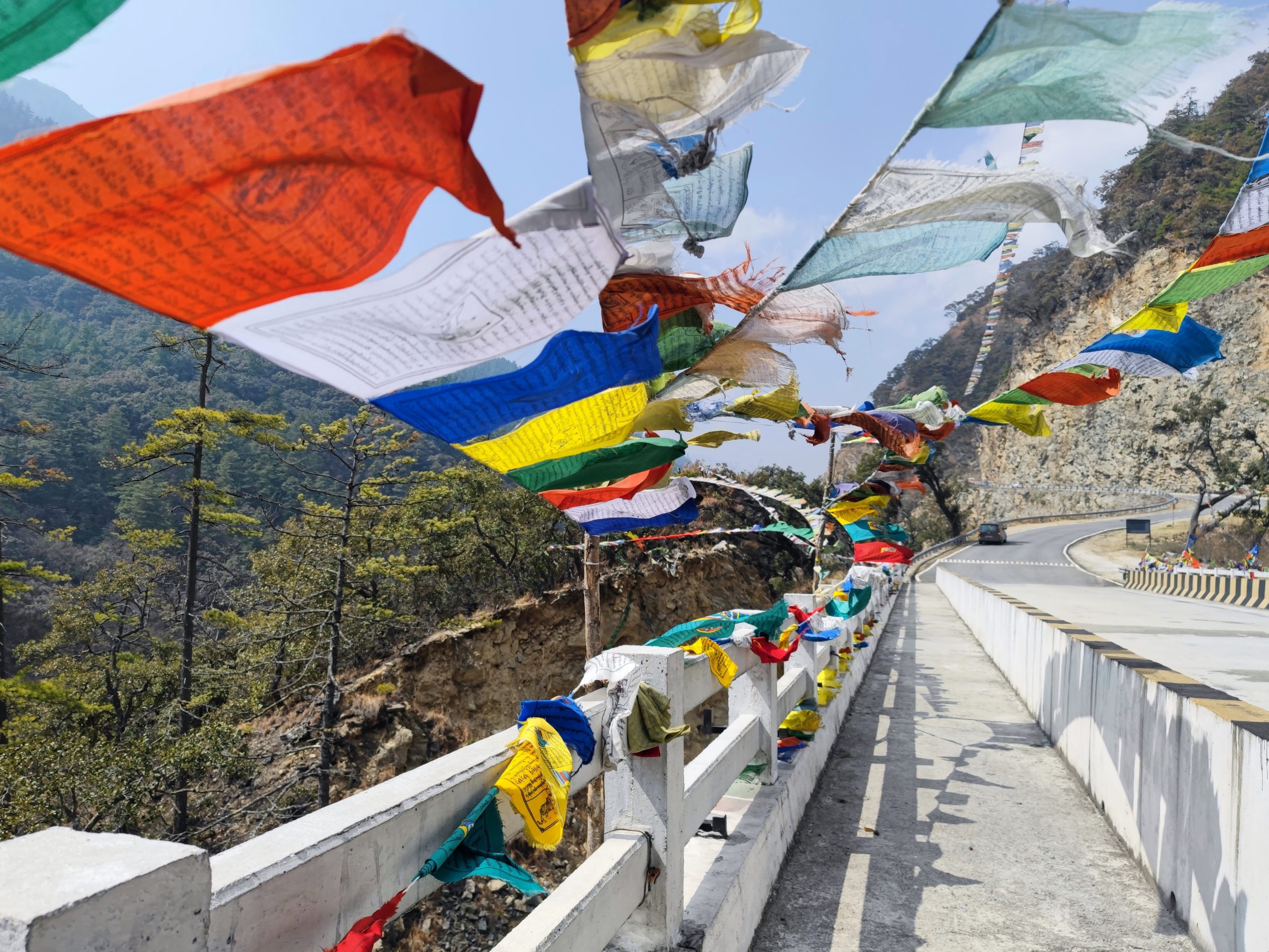
Unlocking Bhutan: Beyond the Tourist Fee, Unveiling the Hidden Jewel.
Day 1.
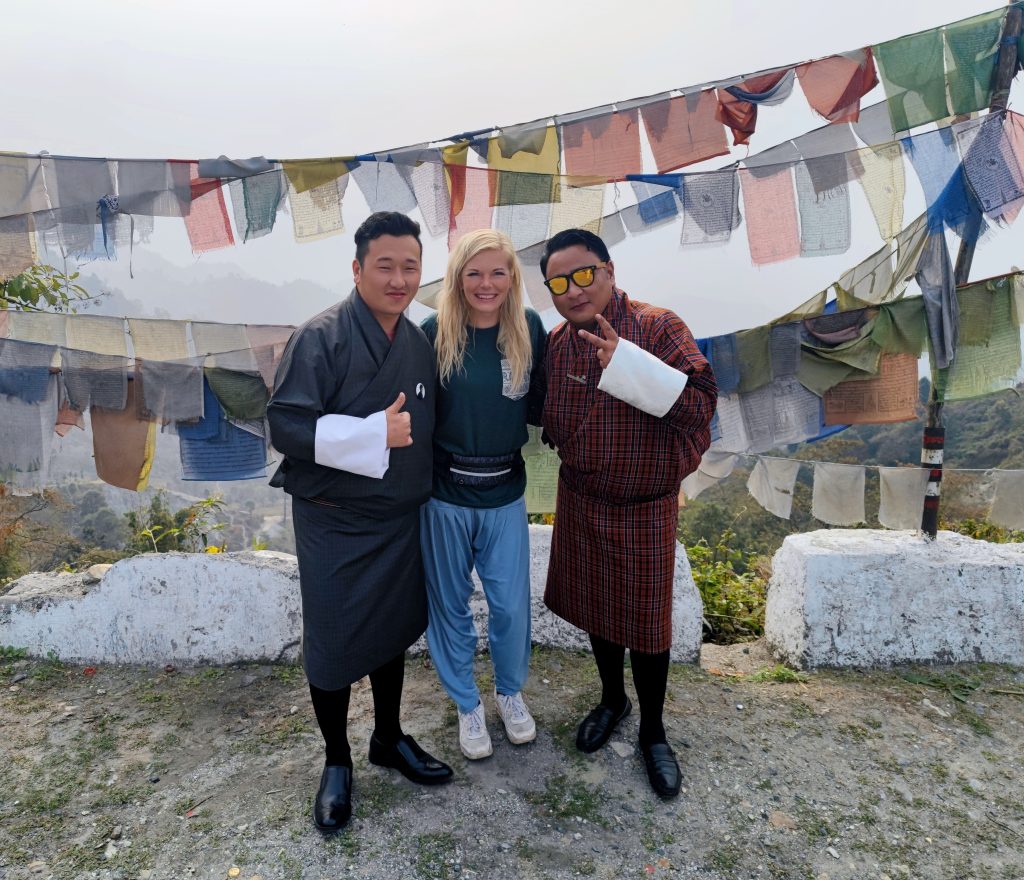
Mermaids inhabit the lakes of Bhutan, so it’s advised not to swim or litter there. In the mountains, on the other hand, the Bigfoot is said to reside. His footprint has been captured in photographs, and there’s even such a small hunt now, although killing is illegal in this land. Those who consume meat justify it by saying: “We transfer our sin to India – we purchase meat and fish from there.”
Welcome to Bhutan, a small pearl, nestled between the world’s most populous countries, China and India. Accessing the country isn’t easy, nor is it cheap. Hence, they say that a journey to Bhutan is a once-in-a-lifetime experience.
Our morning is greeted by two Bhutanese individuals adorned in their traditional attire, mandatory for those engaging with foreign clients, working in offices, attending school, or celebrating holidays. Post 5 PM, bright clothes can be exchanged for jeans.
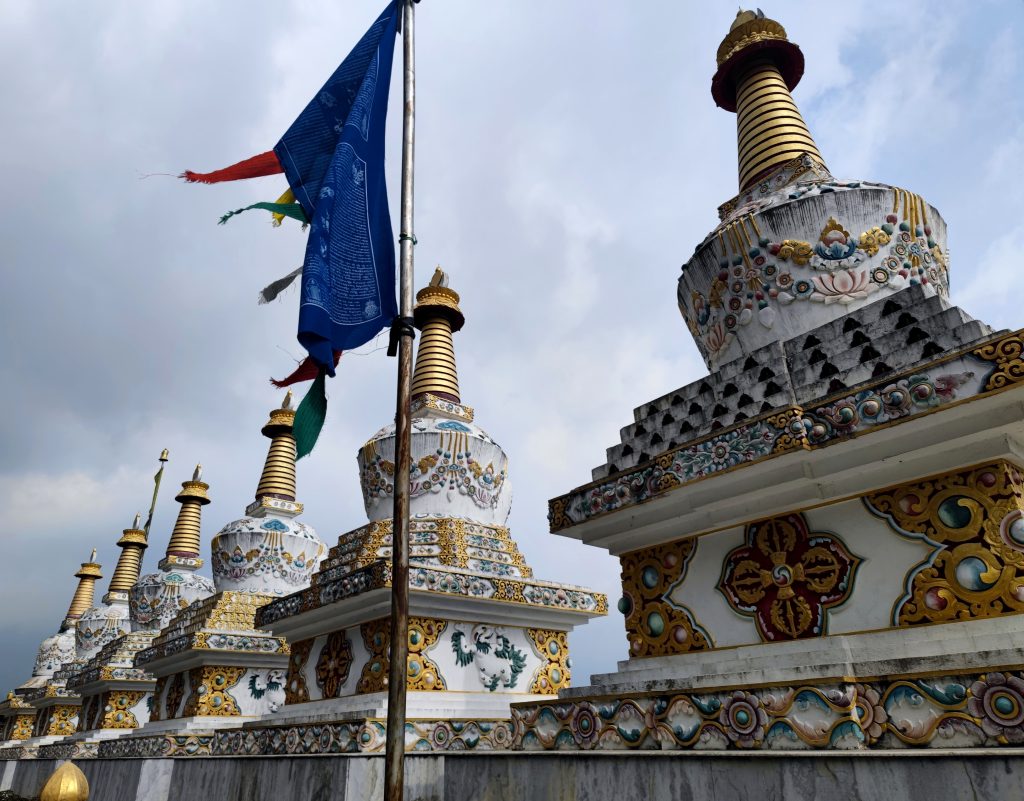
One of the men is a guide, and the other is the driver. Without their company, reaching the capital would be impossible, as Bhutanese escort is mandatory outside the cities, and foreigners are prohibited from using public transport, risking severe punishment if noticed.
On the flip side, flying into the country is costly due to Paro, the only international airport, being deemed the world’s most dangerous, with only 12 pilots qualified to land due to challenging winds and mountains. Despite the risks, 30 thousand passengers of international flights land here annually.
We proceed with the process, and this time, we are treated like royalty – our passports, visas, and other documents are handled by both men, leaving us in anticipation. Upon their return, a solemn face greets us: “Your visas are still not approved.” How can they not be approved when they are already printed out? We present the proof right away.
“Hahaha, you should see your faces!” the men laugh, and we find ourselves in Bhutan. The streets are pristine, the houses adorned with intricately carved doors and windows. There’s a scent of incense lingering, and a serene absence of honking horns. Passing through the gate feels like entering another world – Bhutan.
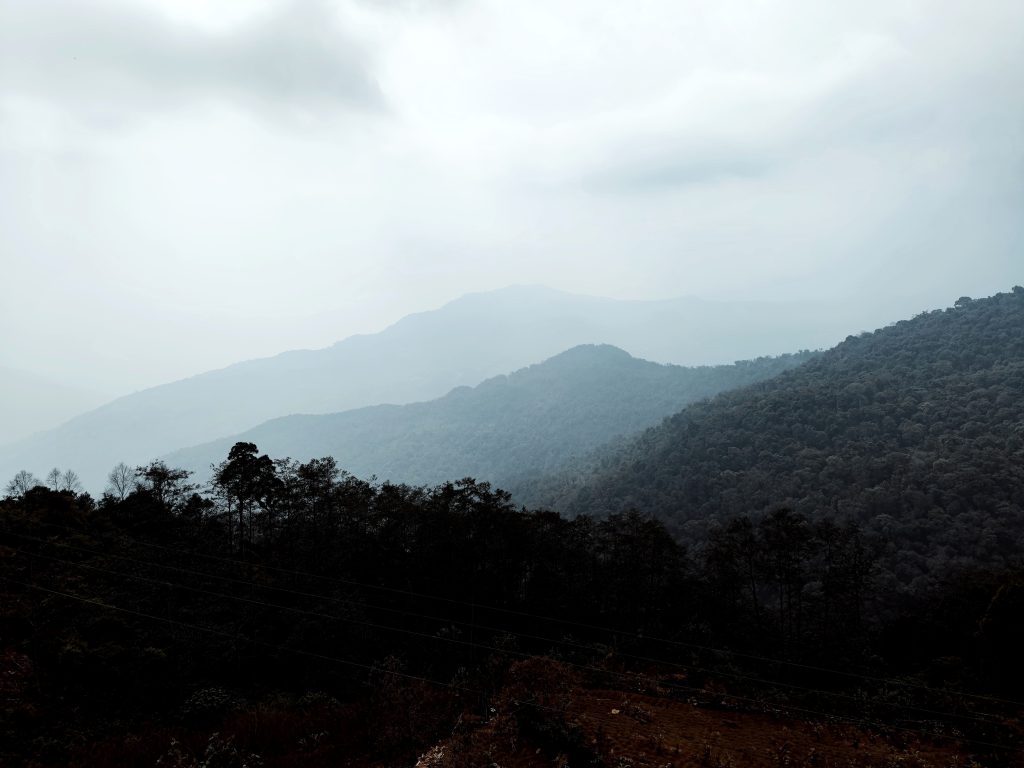
Our Bhutanese adventure unfolds over the course of five incredible days. There’s so much to share that I must do it gradually.
Our journey commences with a visit to the temple in the border town to spin the large Buddhist prayer poles in a clockwise direction, believing that the longer they spin, the greater the happiness. Simultaneously, mantras must be recited. “Today is a special day – the tenth in a row that the second Buddha performed fifteen miracles to prove his enlightenment to those who did not believe. Everything you think and do these days will increase a thousandfold, so now – only good!”
And so begins our Bhutan tour. We embark on a five-hour drive over the mountains to reach the country’s capital, Thimphu.
There are a lot of checkpoints but not many people because the SDF fee (tourism fee for the development of the country) has been increased to 200 US dollars per day, a significant jump from the past $65 that already seemed too much for many.
Indian nationals now have to pay $15 a day (less than other nationalities), leading to a 70% reduction in Indian arrivals. Indians used to come here to work, while Bhutanese traveled to India for shopping. However, India is considering applying a similar fee for Bhutanese now, too.
Bhutan relies on friendship with India, especially in times when its northern neighbor China encroaches on the territory. With only 700 thousand residents, Bhutan struggles to defend itself against China which quietly constructs roads in the north and later simply claims the territory. This is done much like with Tibet, but a bit more cautiously as Bhutan is now part of the UN. To enter the UN, the Bhutanese flag was created with a white dragon facing upward, symbolizing purity and growth. The yellow colour represents royalty while the orange signifies Buddhism.
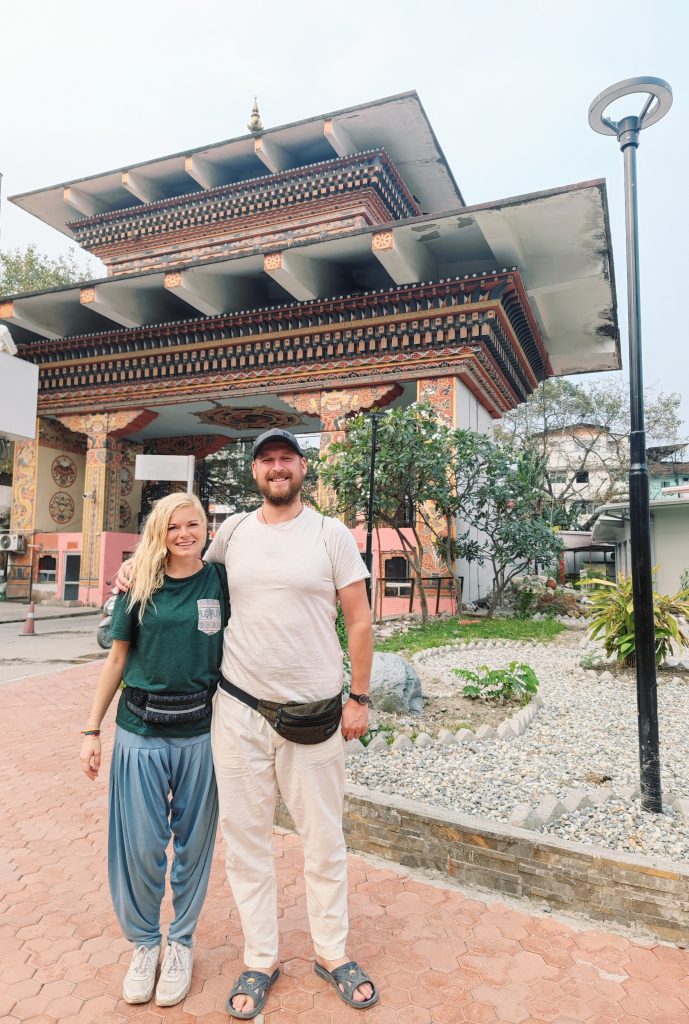
The guide says that this high SDF fee should be taken in a healthy way – imagine how much can we help the country to provide free education and health care for its people! How our journey helps Bhutan slowly take steps from developing to a developed country! The guide says: “You see, in Buddhism, there is a donation – of the best will, from the whole heart. And you have to come here with this mindset. See how Buddhism makes us feel good!”
But the locals leave Bhutan on their own accord, with the older population staying put while those capable of working venture to Australia in search of employment. Locals humorously claim that there’s now a 21st region of Bhutan – it’s Australia, owing to the significant number of Bhutanese working there.
Our journey takes us through the immense mountains, showing that soon it won’t make sense to seek such breathtaking views elsewhere. The landscape is stunning, and the guide provides an engaging cultural and historical discourse during our five-hour drive. While we were feeling the heat at the border, now we’re reaching for our jackets in the mountain terrain.
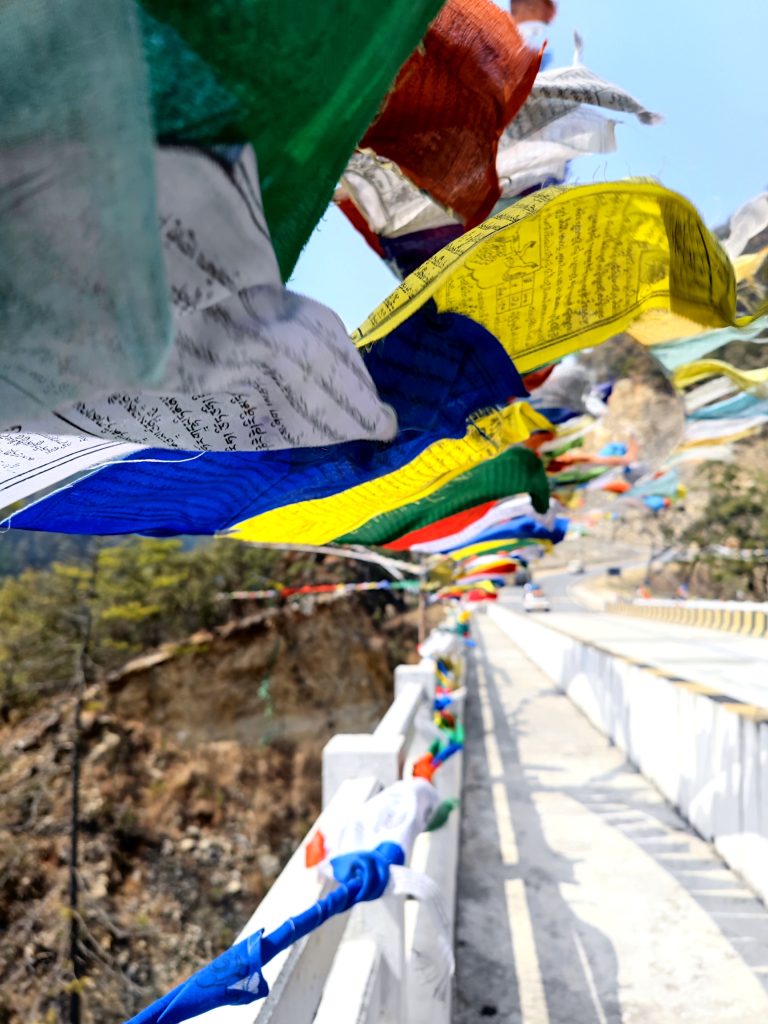
Locals affirm that post-COVID, significant changes are occurring in the country. They recognize the need for reforms in various systems to ensure that everyone can work and live even better. Bhutan is unique in measuring people’s happiness, not through surveys, but by evaluating the quality of living conditions. Clean, free drinking water in every village, access to education and healthcare, safe roads, and appropriate employment opportunities contribute to this assessment. Along the route, we pass numerous “Wellness Institutes” where meditations and massages take place.
The commitment extends beyond people to the environment. Sixty percent of the country must be covered in forest, and Bhutan achieves this by planting 70% of its forests. It stands as the only carbon-negative country globally, absorbing more carbon dioxide than it produces. Furthermore, Bhutan exports renewable energy. Isolation from the world was maintained until 1972 when the first “official tourist” arrived. Television only made its appearance in the nineties, with broadcasts mostly originating from India. However, locals now show a keen interest in Korean culture, particularly popular TV series.
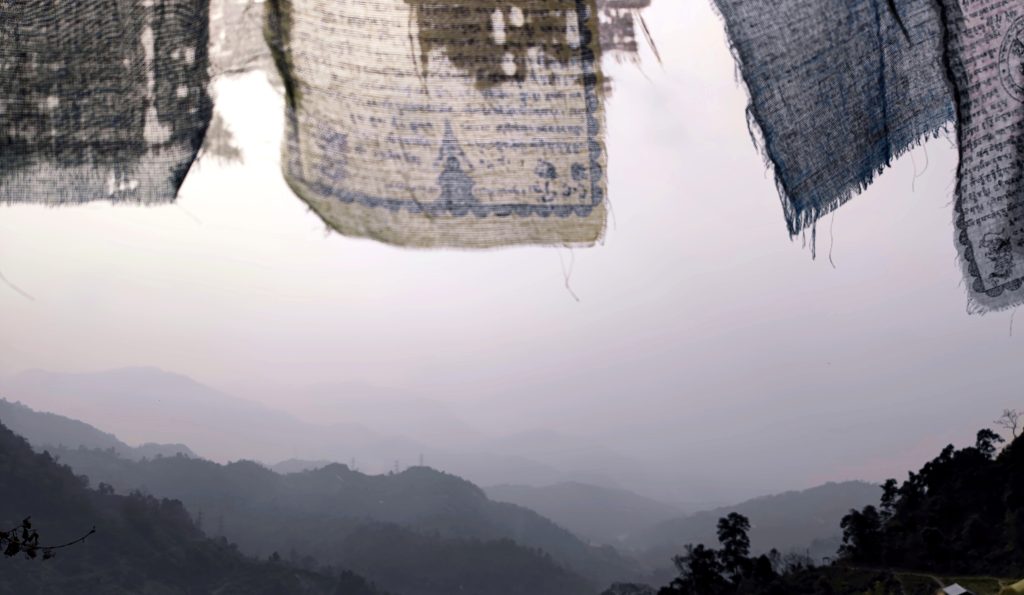
Passing a fortress, one of many, we learn that it was once a prison. While prisons exist in Bhutan, the punishments of the past were more straightforward – wrongdoers were placed in a bag and thrown from the fortress into a ravine. Although the death penalty no longer exists, fortresses and mountains are abundant. The highest unconquered peak in the world at 7570 meters, where gods purportedly reside, remains off-limits. Climbing certain peaks is forbidden as gods inhabit them, and disrupting their abode might lead to a fall from the same peak.
Similarly, swimming in lakes where mermaids dwell may result in getting lost to exhaustion and death. And then, there are the lakes that are traversing the land. One year, they appear in one location, and the next year, they gracefully relocate to another. We are told that lakes have a penchant for transformation, occasionally taking on the guise of a human. In this form, they venture into homes, and if received warmly, they choose to linger, finding a yard in the house of a hospitable host or entertainer.
In Bhutan, it’s a common belief that almost every place is inhabited by a deity. A striking example unfolds during the construction of the road we are traversing. A tragic incident occurred when a group of Indians lost their lives, unwittingly disturbing the mountain goddess. In response, a lama, a Tibetan Buddhist teacher, was summoned to perform specific rituals to appease the offended goddess, allowing the construction of the new road to proceed. The question arises: Why didn’t the lama intervene from the outset? The answer lies in the fact that no one initially suspected the presence of a deity residing on this mountain. However, it became apparent, and the deity was left displeased. In Bhutan, tigers, snakes, and traditional beasts like takins (cows with goat heads) can also be sources of concern. By the way, takins can now be viewed at the animal center of the capital. There research is being conducted on how these beasts adapt to an altitude of 2,334 meters, as they usually live in much higher mountains.
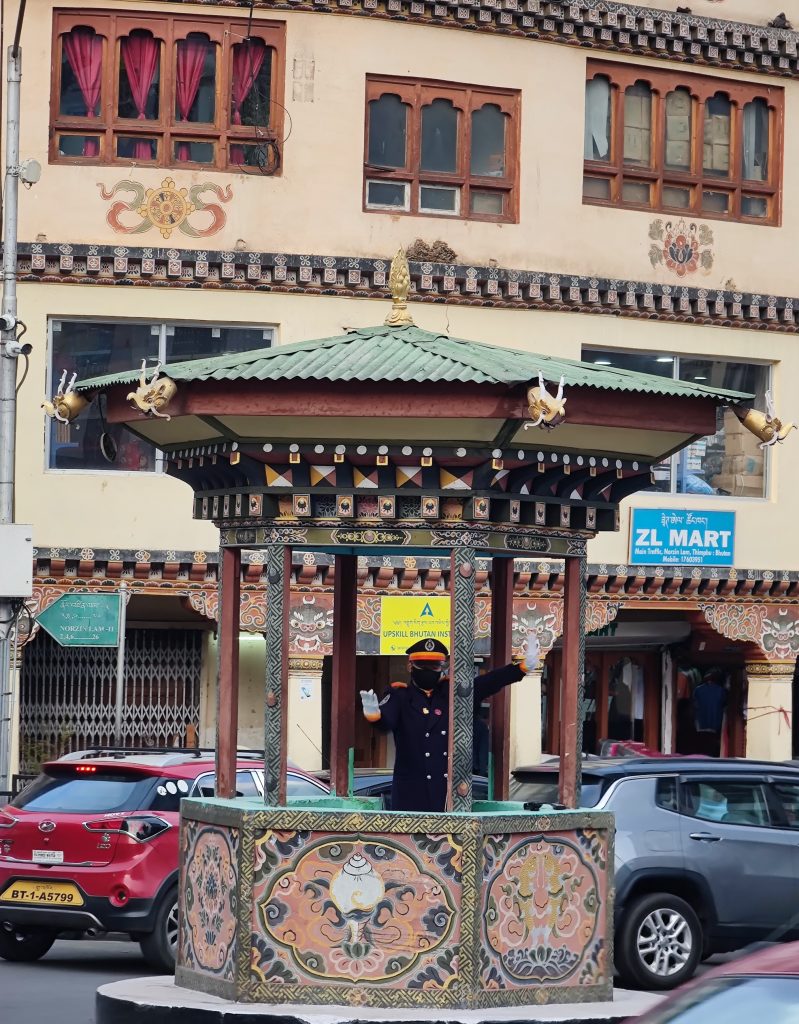
The road is enchanting, with a fairy-tale-like narrative. We arrive in Thimphu just before our online classes begin, rushing to check into an expensive but stunning hotel with a glass wall overlooking the royal palace and the parliament building. Tourists in Bhutan are permitted to stay exclusively in upscale hotels, and this privilege comes with an additional fee on top of the $200 Sustainable Development Fee (SDF).
After our class (we teach English to Chinese kids online), we head to the city to relish the bustling atmosphere of the most densely populated area in Bhutan. And there are no traffic lights! Why? This absence is attributed to the initial influx of uneducated individuals who could not grasp traffic light rules. Law enforcement officers now regulate traffic.
The locals are thrilled to see us, and their hospitality is apparent. The day concludes with a visit to the stamp museum, exceptional exhibitions of paintings and handicrafts, and dinner at a local restaurant with prices comparable to India. At least, we have the opportunity to experience local eateries, even if we’re not allowed to utilize public transport or lodge in local hotels.
Bhutanese cuisine is known for its spiciness, with locals favoring chili in their dishes. They import tea, coffee, and various foods, but locally-grown rice is prized for being chemical-free. Eating with hands is customary, reminiscent of India, as forks and spoons are considered Western inventions. Much like birthdays. Bhutanese mark the passage of a year during the New Year not as we do. They follow a calendar akin to China’s which is approximately 200 years ahead of Bhutan.
Bhutan proves to be a captivating, exotic destination from the very first day, and our adventure continues tomorrow!